#NonDairy
Explore tagged Tumblr posts
Text
I didn't eat much today (migraine) and felt like I needed to eat more, but everything still sounded unappealing... So I used my Yonanas machine to make cherry banana "ice cream" (just frozen cherries and bananas, sprinkled with pecans for a bit of protein and fat). It went down easy.

(Took pic by the Aerogarden, so the color is a bit off.)
Ooh .. Next time, I should add a bit of frozen avocado.
6 notes
·
View notes
Text
How the Plant-based Milk Market is Growing Worldwide: A Sustainable Alternatives
The global plant-based milk market size is estimated to reach USD 32.35 billion in 2030 and expand at a CAGR of 7.6% from 2024 to 2030, according to a new report by Grand View Research, Inc. The growth of the plant-based milk market is primarily driven by shifting consumer preferences towards healthier dietary choices and increasing awareness of lactose intolerance and dairy allergies. Consumers are increasingly opting for plant-based alternatives such as almond, soy, oat, coconut, and others, which offer nutritional benefits including vitamins, minerals, and proteins, without compromising on taste.

The growing adoption of vegan and flexitarian lifestyles worldwide has significantly expanded the consumer base for plant-based milk products. These dietary choices are driven by ethical considerations, environmental sustainability concerns, and perceived health benefits associated with reduced consumption of animal products is further expected to drive the market for plant-based milk during the forecast period.
The availability and convenience of plant-based milks have significantly improved, contributing to market growth. Major retailers and supermarkets now stock a wide range of plant-based milks, making them easily accessible to consumers. Online grocery platforms have also expanded their plant-based milk offerings, allowing consumers to conveniently purchase their preferred products from the comfort of their homes. This factor is further expected to drive the market for plant-based milk during the forecast period.
The plant-based milk market has seen significant expansion beyond North America and Europe, reaching new markets in Asia, Latin America, and the Middle East. In Asia, where lactose intolerance is prevalent, plant-based milks are gaining popularity as a suitable alternative to dairy. In Latin America, the growing middle class and increasing awareness of health and environmental issues are driving demand for plant-based milks.
Manufacturers in the plant-based milk market are investing in research and development to innovate and expand their product portfolios. This includes the introduction of new plant sources such as almond, soy, oat, coconut, and others, as well as fortified variants enriched with vitamins, minerals, and protein. Innovations in flavor profiles and packaging formats cater to diverse consumer preferences and convenience.
For More Details or Sample Copy please visit link @: Plant-based Milk Market Report
Plant-based Milk Market Report Highlights
Asia Pacific is expected to grow with the fastest CAGR of 8.2% over the forecast period from 2024 to 2030. The rise of vegetarianism and veganism, driven by concerns about animal cruelty, supports the demand for plant-based milks.
Based on product, the oat milk is expected to grow with the fastest CAGR of 9.4% over the forecast period. Oat milk is rich in dietary fiber, particularly beta-glucan, which has been shown to help lower cholesterol levels. Additionally, oat milk often contains higher levels of protein compared to other plant-based milks, making it a nutritious option for consumers.
Based on nature, organic plant-based milk is expected to growth with the fastest CAGR of 11.5% from 2024 to 2030. Organic plant-based milks are free from synthetic pesticides, fertilizers, and genetically modified organisms (GMOs), which appeals to health-conscious consumers.
Based on distribution channel, sales of plant-based milk proudcts through hypermarkets & supermarkets accounted for the largest share in the plant-based milk market in 2023. These retail outlets offer a wide variety of plant-based milk products, including different brands, types, and flavors. The extensive product range allows consumers to compare and choose according to their preferences, driving sales through this channel.
Gain deeper insights on the market and receive your free copy with TOC now @: Plant-based Milk Market Report
We have segmented the global plant-based milk market based on product, nature, flavor, distribution channel, and region.
#PlantBasedMilk#DairyAlternatives#VeganMilk#NonDairy#PlantBased#MilkMarket#SustainableFood#FoodInnovation#HealthyLiving#VeganTrends#LactoseFree#DairyFree#PlantBasedDiet#FoodIndustry#MarketGrowth
5 notes
·
View notes
Text
Rice Milk vs. Almond Milk: Which Is Better?
When choosing between rice milk and almond milk, it often depends on individual dietary needs, taste preferences, and nutritional goals. Here's a comparison to help you decide which might be better for you:
Nutritional Content
Rice Milk:
Calories: Rice milk typically has more calories than almond milk, averaging around 120 calories per cup.
Carbohydrates: It's higher in carbohydrates (around 22 grams per cup), making it a good option for those needing an energy boost.
Fat: Rice milk is low in fat, with around 2-3 grams per cup.
Protein: It has very little protein, usually less than 1 gram per cup.
Almond Milk:
Calories: Almond milk is lower in calories, with unsweetened versions having around 30-50 calories per cup.
Carbohydrates: It's low in carbohydrates, with only 1-2 grams per cup, making it a better choice for those on low-carb diets.
Fat: Almond milk contains more fat, usually around 2.5 grams per cup, but it's mostly healthy fats.
Protein: Almond milk has slightly more protein than rice milk, but still only about 1 gram per cup.
Taste and Texture
Rice Milk:
It has a thinner consistency and a slightly sweeter taste due to the natural sugars released during the processing of rice.
Almond Milk:
Almond milk is creamier and has a nuttier flavor, which many people find appealing in smoothies, coffee, and cereals.
Allergen Considerations
Rice Milk:
Rice milk is hypoallergenic, making it a safer option for those with nut allergies, soy allergies, or lactose intolerance.
Almond Milk:
Almond milk is not suitable for those with nut allergies. However, it's a popular choice for people avoiding dairy and soy.
Environmental Impact
Rice Milk:
Rice farming requires a lot of water and contributes to methane emissions, making rice milk less environmentally friendly than almond milk.
Almond Milk:
Although almond farming also requires significant water, especially in drought-prone areas, it generally has a lower environmental impact compared to rice milk due to its lower carbon footprint.
Fortification
Both rice milk and almond milk are often fortified with essential nutrients like calcium, vitamin D, and vitamin B12. This fortification makes them more comparable to dairy milk in terms of nutritional value, especially for those relying on plant-based milk for these nutrients.
Conclusion
Best for Taste and Texture: Almond milk, with its creamy texture and nutty flavor.
Best for Low Calories and Carbs: Almond milk, particularly unsweetened versions.
Best for Energy Boost: Rice milk, due to its higher carbohydrate content.
Best for Allergies: Rice milk, as it's hypoallergenic and suitable for those with nut allergies.
Best for Environment: Almond milk generally has a lower environmental impact.
Your choice between rice milk and almond milk should be guided by your dietary preferences, nutritional needs, and environmental concerns.
#Milk#Dairy#MilkLover#MilkLife#GotMilk#HempMilk#AlmondMilk#OatMilk#SoyMilk#CoconutMilk#RiceMilk#CashewMilk#PlantBasedMilk#VeganMilk#DairyFree#NonDairy#LactoseFree#HealthyMilk#MilkBenefits#Nutrition#HealthyEating#Superfood#OrganicMilk#SustainableDairy#EcoFriendly#CrueltyFree#MilkRecipes#PlantBasedRecipes#VeganRecipes#CookingWithMilk
0 notes
Text
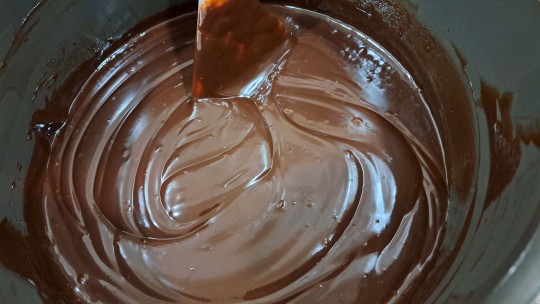
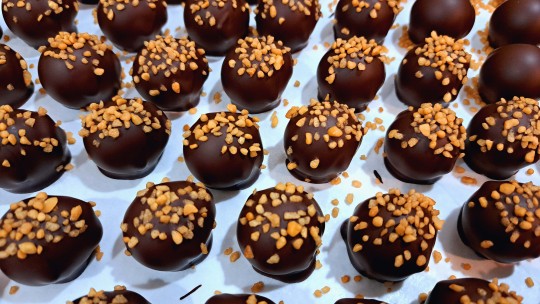
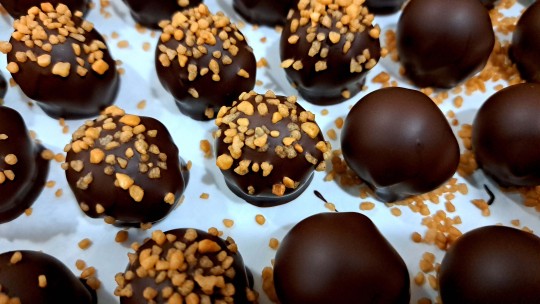
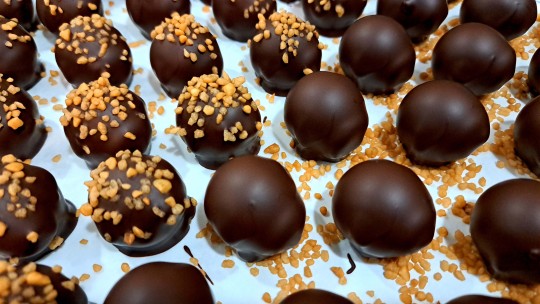
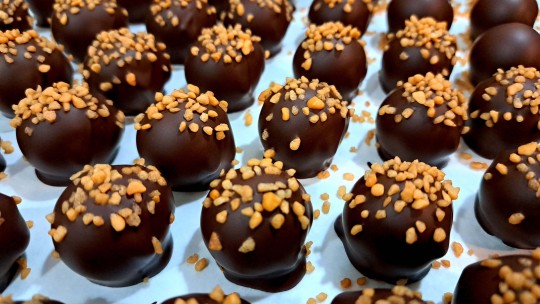
SELEUSS - COLOMBINA 64% PISTACHIO+PINE HONEY
BATCH 1466, 1468
An exotic Mediterranean rendezvous! Made with our COLOMBINA™ 64% Dark Chocolate, Italian Non-Dairy cream (Palm & Sunflower Oils), Italian Pistachios, and Aegean Pine (Stone & Red Pines) Honey from Türkiye. Encased in our DUCHESS™ 30% milk chocolate first, then enrobed in a smooth MORETTA™ 73% Dark Chocolate and occasionally topped with French Hazelnut Bits. (B1466, 1468). Pairing: Espresso Drinks & Black Teas.
SCHWARZ: COLOMBINA 64% PISTACHIO + PINE HONEY INGREDIENTS: Chocolates (Cacao Beans, chocolate liquor, Cacao Butter, sugar, Sunflower & Soy Lecithin, Vanilla), non-dairy cream (water, fully hydrogenated oils & fats 25% (palm kernel & sunflower oil), sugar (18%), emulsifiers (E435, E475, E477, E322 sunflower lecithin), stabilizers (E420ii, e464, e415, e412, e340ii), flavorings, sea salt.), PISTACHIO PASTE (PISTACHIO 45%, SUGAR, MILK POWDER, EXTRA VIRGIN OLIVE OIL, SUNFLOWER OIL, COCOA BUTTER, SOY LECITHIN), PINE HONEY (STONE & RED PINES). HAZELNUT BITS (SUGAR, HAZELNUT KERNELS, LACTOSE, VEGETABLE FAT NON-HYDROGENATED, GLUCOSE SYRUP). CONTAINS: SOY, PISTACHIOS, HAZELNUTS. THIS PRODUCT IS PROCESSED IN A FACILITY THAT CONTAINS MILK, EGGS, WHEAT, HAZELNUTS, ALMONDS, PEANUTS AND OTHER NUTS.
AS ALWAYS, FREE FROM ARTIFICIAL FOOD COLORING!
Ingredients From: france, ITALY, TÜRKIYE, peru, Belgium, & Vietnam.
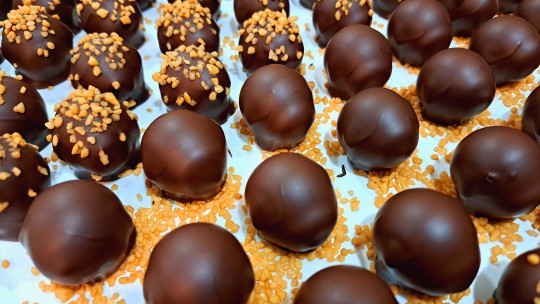
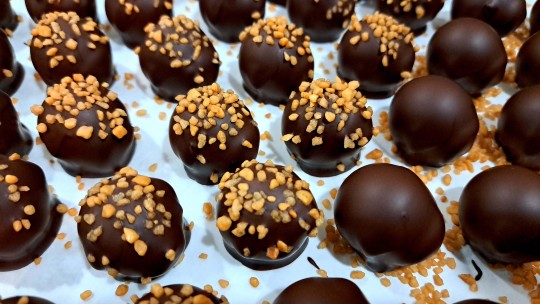
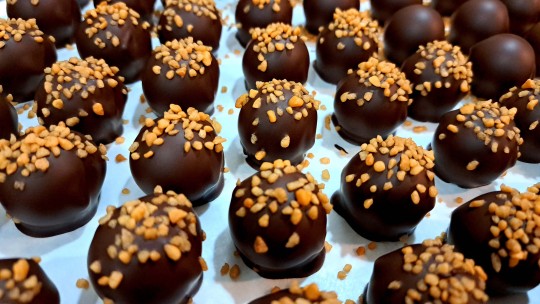
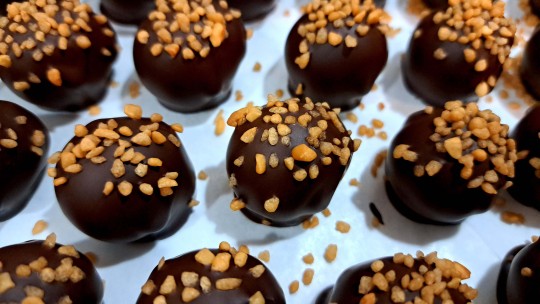
#seleuss#chocolates#colombina#seleusstruffles#colombinachocolates#seleusscolombina#darkchocolatetruffle#darkchocolate#hazelnuts#pistachios#pinehoney#nondairy#turkey#turkiye#turkishhoney#aegeanpinehoney#italianpistachio#balparmak#balparmakhoney
0 notes
Text
#DairyAlternatives#PlantBasedMilk#NonDairy#VeganChoices#LactoseFree#NutMilk#SoyMilk#AlmondMilk#CoconutMilk#OatMilk#RiceMilk#CashewMilk#HempMilk#PeaMilk#FlaxMilk#QuinoaMilk#DairySubstitutes#HealthConscious#SustainableL
1 note
·
View note
Text
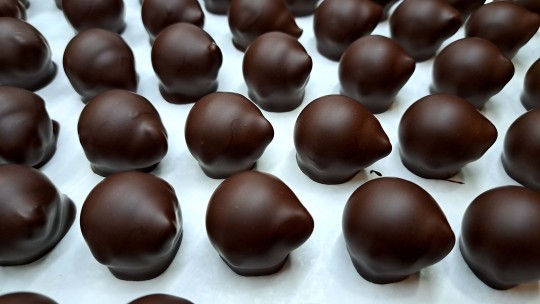
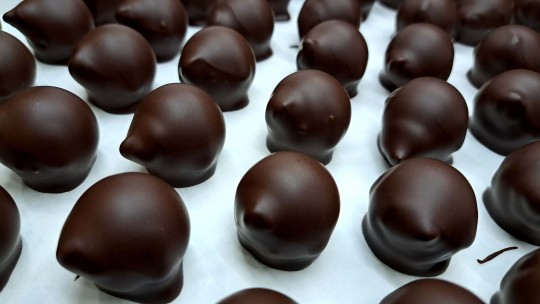
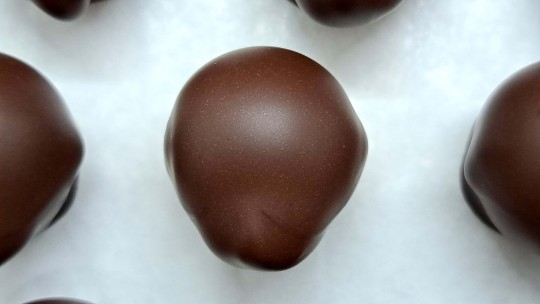
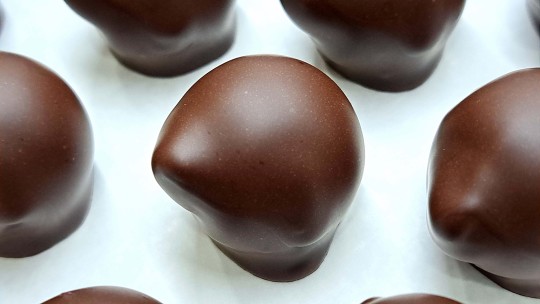


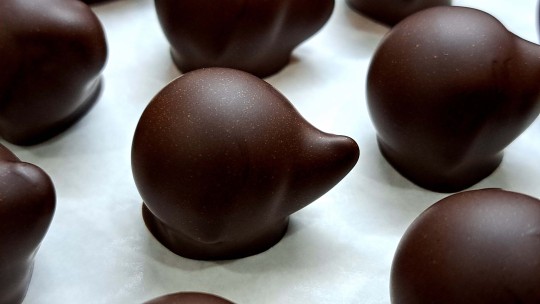

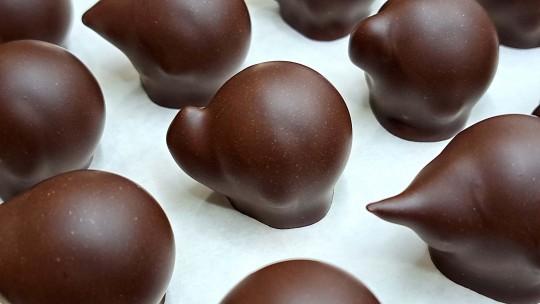



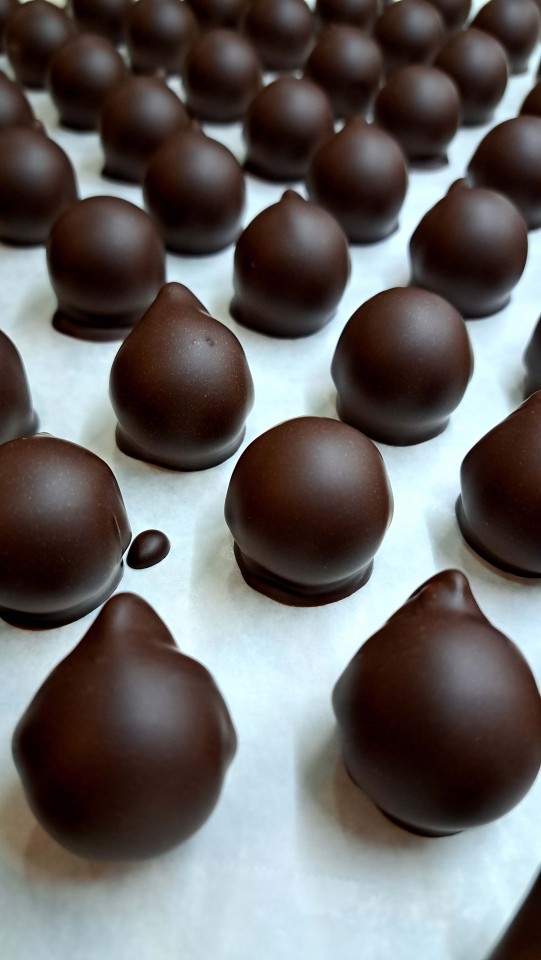

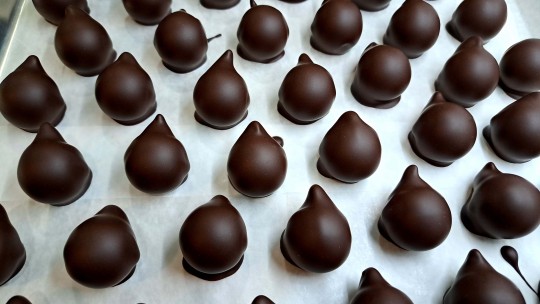
SELEUSS - SCHWARZ - MORETTA 78% RASPBERRY+
BATCH 1460, 1463 NON-DAIRY CHOCOLATE TRUFFLES
Indulge without guilt! Made with our MORETTA™ 78% Dark Chocolate, a special Italian non-dairy cream (Palm & Sunflower Oils), Organic Raspberries, hints of Blackberries, Blueberries and a touch of Organic raw Blue Agave. Encased in our DUCHESS™ 46% first, then enrobed in the bittersweet MORETTA™ 78% Dark. (B1460, 1463). Pairing: Syrah, Pinot Noir, Porto, or Earl Grey.
SCHWARZ: MORETTA-78% RASPBERRY+ INGREDIENTS: Chocolates (Cacao Beans, chocolate liquor, Cacao Butter, sugar, Sunflower & Soy Lecithin, Vanilla), non-dairy cream (water, fully hydrogenated oils & fats 25% (palm kernel & sunflower oil), sugar (18%), emulsifiers (E435, E475, E477, E322 sunflower lecithin), stabilizers (E420ii, e464, e415, e412, e340ii), flavorings, sea salt.), organic raw blue agave nectar, glucose, RASPBERRIES, BLACKBERRIES, BLUEBERRIES, SUGAR, BROWN CANE SUGAR, LEMON JUICE, FRUIT PECTIN, spice. CONTAINS: SOY. THIS PRODUCT IS PROCESSED IN A FACILITY THAT CONTAINS MILK, EGGS, WHEAT, HAZELNUTS, ALMONDS, PEANUTS AND OTHER NUTS.
Ingredients From: Italy, france, united states, Vietnam, peru, Belgium, ecuador, and mexico.
#seleuss#chocolates#seleussxoco#xoco#xocochocolate#moretta#seleussmoretta#morettachocolates#morettadarkchocolate#darkchocolate#truffles#darktruffles#raspberry#blackberry#blueberry#dark chocolate truffle#nondairy
0 notes
Text
From Farm to Table: The Journey of Lactose Free Food in Modern Cuisine
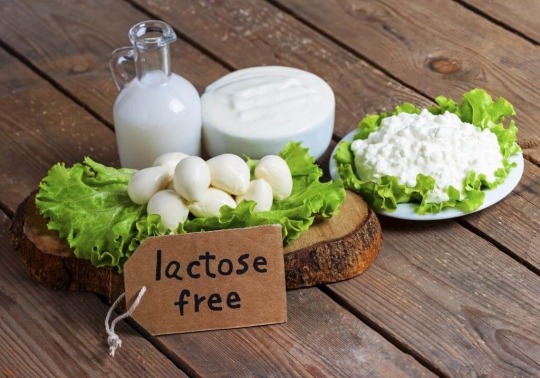
Embark on a fascinating exploration of the journey of lactose free food, tracing its path from farm to table in modern cuisine. Discover the innovations, inspirations, and transformations that have reshaped the culinary landscape, offering delicious dairy-free options for all to enjoy.
The Farming Revolution: Lactose free food begins its journey at the farm, where dairy alternatives are cultivated and harvested with care.
Explore the cultivation of lactose free crops such as almonds, coconuts, and soybeans, which serve as the foundation for dairy-free products like almond milk, coconut yogurt, and tofu.
Innovative Processing Techniques
Once harvested, lactose free ingredients undergo innovative processing techniques to transform them into familiar dairy-free staples.
Learn about the processes of grinding, pressing, and fermenting that turn raw ingredients into creamy milk alternatives, spreadable cheeses, and decadent desserts.
Artisanal Craftsmanship
In the world of Lactose free food, artisanal craftsmanship plays a pivotal role in creating unique and flavorful products that delight the senses.
Discover the dedication and expertise of artisanal producers who carefully curate ingredients, blend flavors, and perfect recipes to craft dairy-free delicacies with unparalleled taste and quality.
Culinary Creativity in the Kitchen
Armed with lactose free ingredients, home cooks and chefs alike unleash their creativity in the kitchen, inventing new recipes and reinventing classic dishes.
Explore the endless possibilities of lactose free cooking, from creamy soups and sauces to decadent desserts and savory snacks, each showcasing the versatility and richness of dairy-free ingredients.
Get More Insights On This Topic: Lactose Free Food
Explore More Related Topic: Lactose Free Food
#LactoseFreeFood#DairyFree#LactoseIntolerance#AlternativeDairy#DairySubstitutes#LactoseFreeOptions#NonDairy#DairyAlternatives
0 notes
Text
Desserts - Pear and Almond Tart Dairy and Gluten Free

A classic pear and almond tart is reinvented as a dairy-free and gluten-free dessert sweetened with maple syrup in this super easy recipe.
0 notes
Text
Desserts - Pear and Almond Tart Dairy and Gluten Free

A classic pear and almond tart is reinvented as a dairy-free and gluten-free dessert sweetened with maple syrup in this super easy recipe.
0 notes
Text
Desserts - Pear and Almond Tart Dairy and Gluten Free

This incredibly simple recipe transforms a traditional pear and almond tart into a dessert that is dairy-free, gluten-free, and sweetened with maple syrup.
0 notes
Text
Desserts - Pear and Almond Tart Dairy and Gluten Free

This incredibly simple recipe transforms a traditional pear and almond tart into a dessert that is dairy-free, gluten-free, and sweetened with maple syrup.
0 notes
Text
Desserts - Pear and Almond Tart Dairy and Gluten Free

This incredibly simple recipe transforms a traditional pear and almond tart into a dessert that is dairy-free, gluten-free, and sweetened with maple syrup.
0 notes
Text
Desserts - Pear and Almond Tart Dairy and Gluten Free

A classic pear and almond tart is reinvented as a dairy-free and gluten-free dessert sweetened with maple syrup in this super easy recipe.
0 notes
Text
Desserts - Pear and Almond Tart Dairy and Gluten Free

This incredibly simple recipe transforms a traditional pear and almond tart into a dessert that is dairy-free, gluten-free, and sweetened with maple syrup.
0 notes
